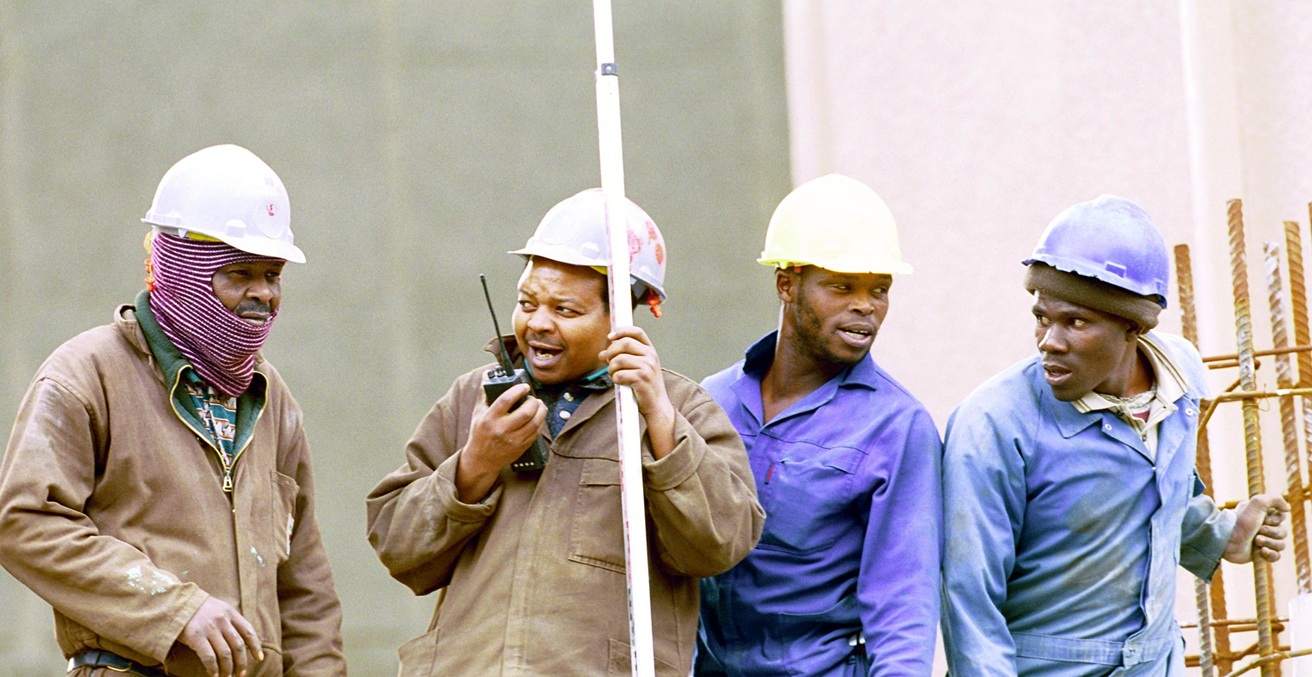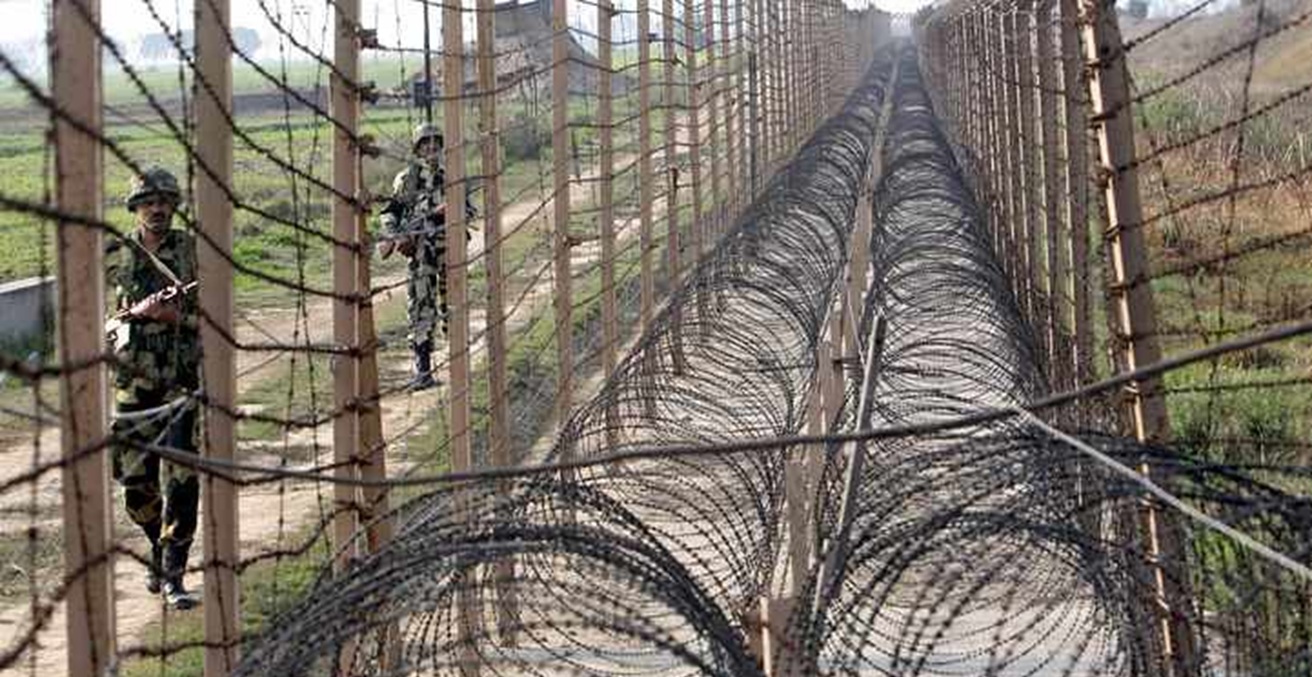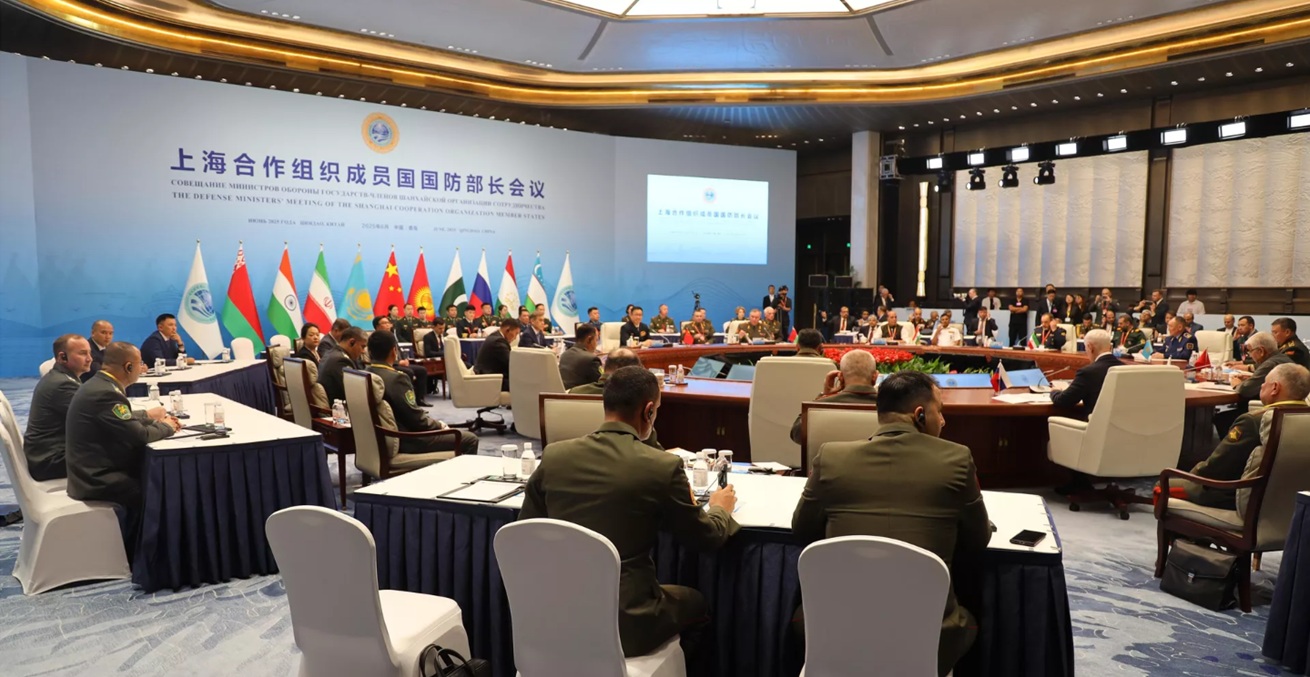The development of the Australia-Japan relationship from former adversaries to close allies is a remarkable statement of the ongoing closeness each nation perceives in the other. From the strategic importance of trade, defense cooperation, and people-to-people exchanges to the challenges of addressing shared concerns about China’s rise, there is a clear rationale for the deepening of political and strategic collaboration between the two nations.
Post-war reconciliation
This year marks the 80th anniversary of the Cowra Breakout, since the fateful day of 5 August 1944. In the wee hours of a cold winter night, hundreds of Japanese POWs detained in Cowra, NSW, attempted to escape with knives, forks, and even baseball bats in hand, only to be met by machine-gun fire. As a result, 234 Japanese and 4 Aussies lost their lives.
Aside from Cowra, those in Darwin, Broome, and even Sydney Harbor felt the close reality of the war against Japan. Of the battles fought in places outside of Australia, such as Singapore and Guadalcanal, Kokoda was the fiercest and longest-remembered.
That is why the post-war II development of our bilateral relationship is all the more remarkable. Hard-fighting adversaries have become each other’s best friends in Asia. One can aptly describe the Aussie-Japanese partnership as one of the greatest success stories our region has witnessed since the end of the Second World War.
During my tenure as Japanese Ambassador to Australia (2020-23), I visited Cowra nine times. It was as if a magnet had drawn me to this enchanting country town, embraced in beautiful rolling hills covered with canola. Through these visits, I could relive the words of my friend Lieutenant-General Peter Phillips, former head of the Returned and Services League (RSL), who confirmed that post-war reconciliation between Australia and Japan has been accomplished.
The current state
How our bilateral ties are viewed from the Japanese perspective ought to be conveyed to our Aussie mates occasionally. “Nothing should be taken for granted,” is the key dictum in diplomacy. Our partnership requires constant gardening, including watering and taking out the weeds.
I regard the following three pillars as essential in Japan’s relations with Australia.
First is trade and investment. “764-942” is the code number to grasp how vital Australia is to Japan’s economic well-being.
Amazingly, 70 percent of Japan’s imported coal comes from this wide brown land. So does 60 percent of iron ore and 40 percent of gas. Japan’s energy security cannot be maintained without the stable flow of minerals and energy resources from Australia.
“942” explains the volume of food imports: Australia accounts for 90 percent of imported sugar, 40 percent of beef and 20 percent of wheat, making it a crucial country to sustain Japan’s food security.
In defense cooperation, the consensus in Tokyo remains that Australia is the second most important security partner. In addition to the long-running alliance with the US, the importance of Australia has grown significantly in recent years. Australia became Japan’s first partner to sign the Reciprocal Access Agreement, which provides the legal framework for the Japanese Self Defense Force and Australian Defence Force to dispatch their units to each other for joint training, exercise, and humanitarian assistance. Our joint declaration on security cooperation was upgraded in 2022, with a specific reference made to intelligence cooperation.
People-to-people exchange is another bond.
The number of Japanese nationals living in Australia, close to 100,000, is the third largest, after the US and China. With the number in China decreasing, Australia will soon become the number two sweet home to many Japanese.
The flow of people in the opposite direction is worth noticing. Australian tourists to Japan, over 600,000 annually, constitute the best visitors in terms of the length of stay (almost 13 days) and the amount of spending (more than ¥340,000 per person). No wonder Governor Shuichi Abe of Nagano Prefecture has been urging me to bring more Aussies to his most picturesque prefecture in Japan.
If Australia is that important to Japan, why are these facts not well-known to a bigger audience? Where does this neglect come from? The first reason is a weak coverage of each other by their respective media.
For example, the Nikkei Shinbun is the only major Japanese newspaper that has a bureau in Sydney. Alas, Yomiuri is covering Australia from Jakarta and Asahi from Singapore! Whereas the Australian does not have a bureau in Tokyo, and only recently has the AFR sent its correspondent to Tokyo, mainly because their bureau in China had to be closed.
Secondly, I grudgingly mention the PR efforts of our diplomats. Bruce Miller, former ambassador to Japan, once mentioned that Australia and Japan are “countries of understatement.” It is true that we don’t like to talk big. But when it comes to selling your country to the host country, it can serve as a drawback. While the Japanese embassy has often been regarded as “quiet,” Australia’s ambassadors rarely appear in Japanese media.
Then there is this die-hard mentality among some Japanese to view Australia through the prism of either the UK or the US. I was also perplexed to notice some Aussies conjuring up Japan just in conjunction with China. This is outdated and misguided, given how the Australia-Japan partnership stands on its own merits.
Challenges ahead
To further promote our special and strategic partnership, what are the challenges to be tackled?
The first and foremost is how to be on the same page regarding strategic challenges a rising China poses. In this regard, my concern is that the current two governments are reluctant to call a spade a spade. Their eagerness to emphasise the improvements in their relationship with China over previous governments is understandable, yet treacherous. It should not prevent them from criticizing economic coercion both in private and public, the detention of their nationals, human rights violations, and provocative behavior both in the East and South China Seas. “Never ever blink” is the lesson Japan must have learnt through many centuries of having had to deal with the Middle Kingdom.
A prominent former prime minister of Australia once confided to me that when he first discussed China with Prime Minister Shinzo Abe, he thought Abe’s view was too harsh. Eventually, however, he realised that Abe was right. This is a good example of comparing notes and learning from each other’s experiences.
Coal and gas present another challenge. Under the fanfare of decarbonisation, much has been said about Japan “quitting” coal and its demand for Australian gas “decreasing.”
Though Australia and Japan are committed to achieving carbon neutrality in 2050, an appropriate energy mix contemplated by the Japanese Government for the year 2030 goes as follows: 19 percent of electricity will come from the burning of coal and 20 percent from LNG, while nuclear power plants are expected to account for 20-22 percent, and renewables 36-38 percent.
In short, Japan will continue to need both coal and gas from Australia. Suppose if the flow of Aussie gas stops, to whom will Japan turn to? Excessive dependence on a politically unstable Middle East and an arbitrary and authoritarian Russia is least desirable in securing a stable energy supply.
How to ensure political attention to our critical partnership is also a challenge. The bitter lesson of the failed effort to make Soryu submarines, a symbol of strengthened cooperation, should never be forgotten. In this connection, careful attention is warranted to avoid a second disappointment in the ongoing consideration of Mogami-type frigates.
Though more acute attention is required in most cases, it is also necessary to control the level of expectation in light of the nascent stage of Japan’s defense industry and its paucity of overseas sales experiences.
Potential: Beyond bilaterals
Japan and Australia are two leading nations in the region. We have closely worked together in creating the Asia-Pacific Economic Cooperation forum, upholding the Trans-Pacific Partnership in the absence of the US, and, most notably, engineering the Quad. The two nations have been the architects and builders of the rules-based order which guarantees economic prosperity, peace, and stability.
As resident global powers in the Indo-Pacific, Australia, the most intimate ally of the US, and Japan, the strategically most important ally of the US, could contribute enormously if only we join our voices and forces.
Yamagami Shingo is the former Japanese Ambassador to Australia, and is also, among several roles, Senior Fellow at the Sasakawa Peace Foundation.
This article is published under a Creative Commons License and may be republished with attribution.




